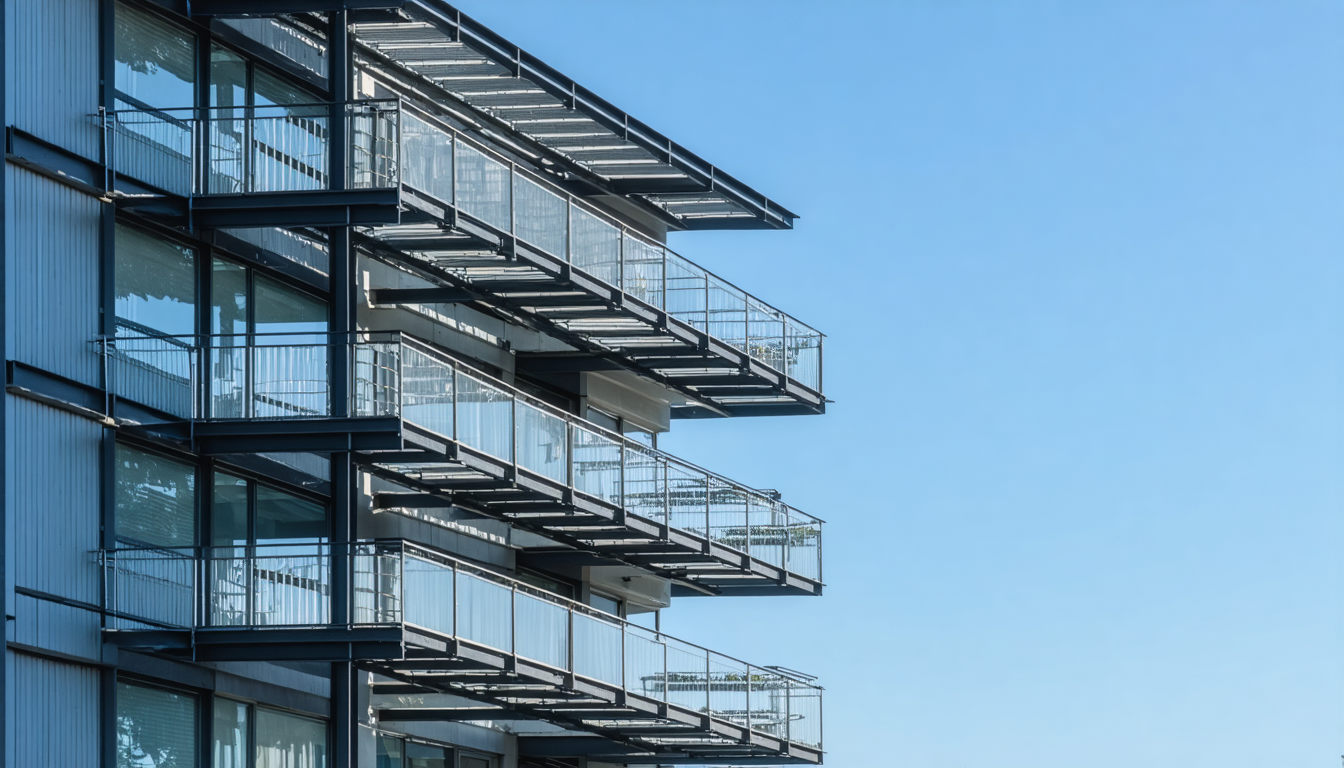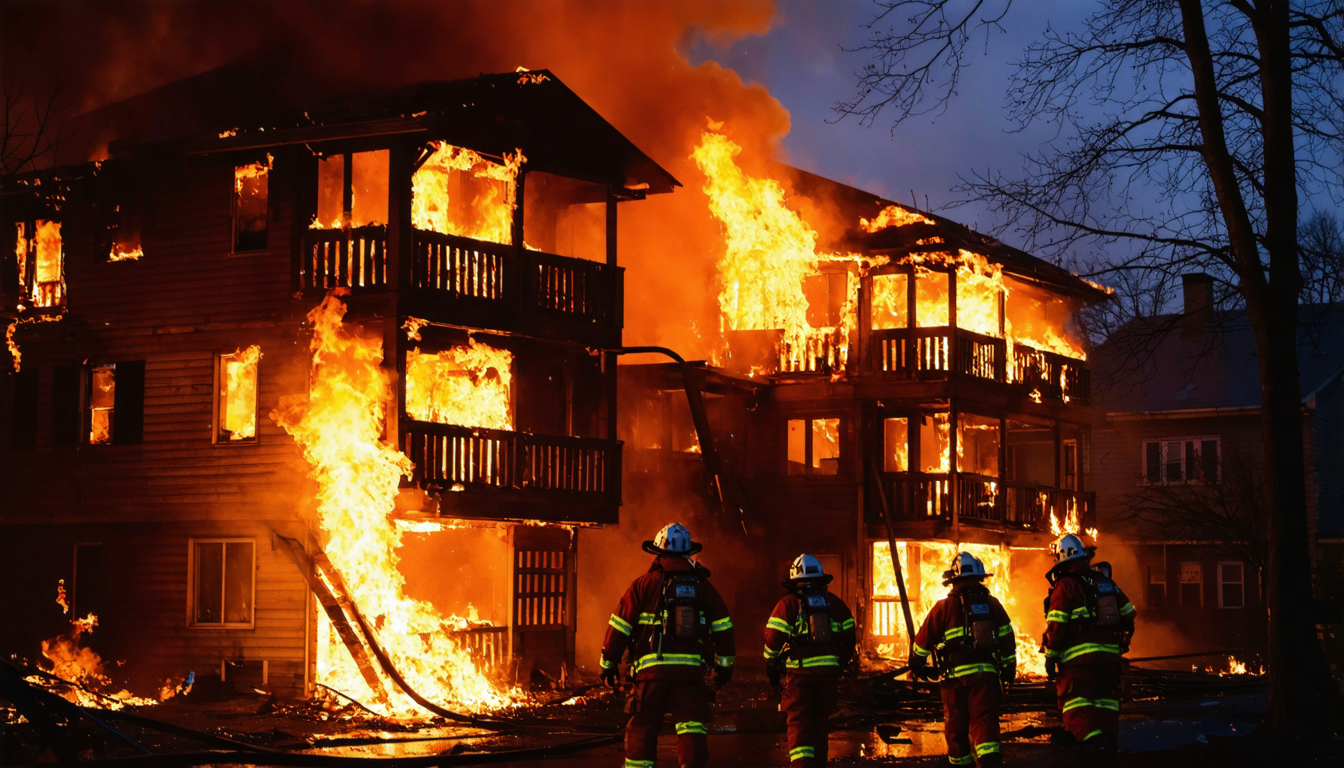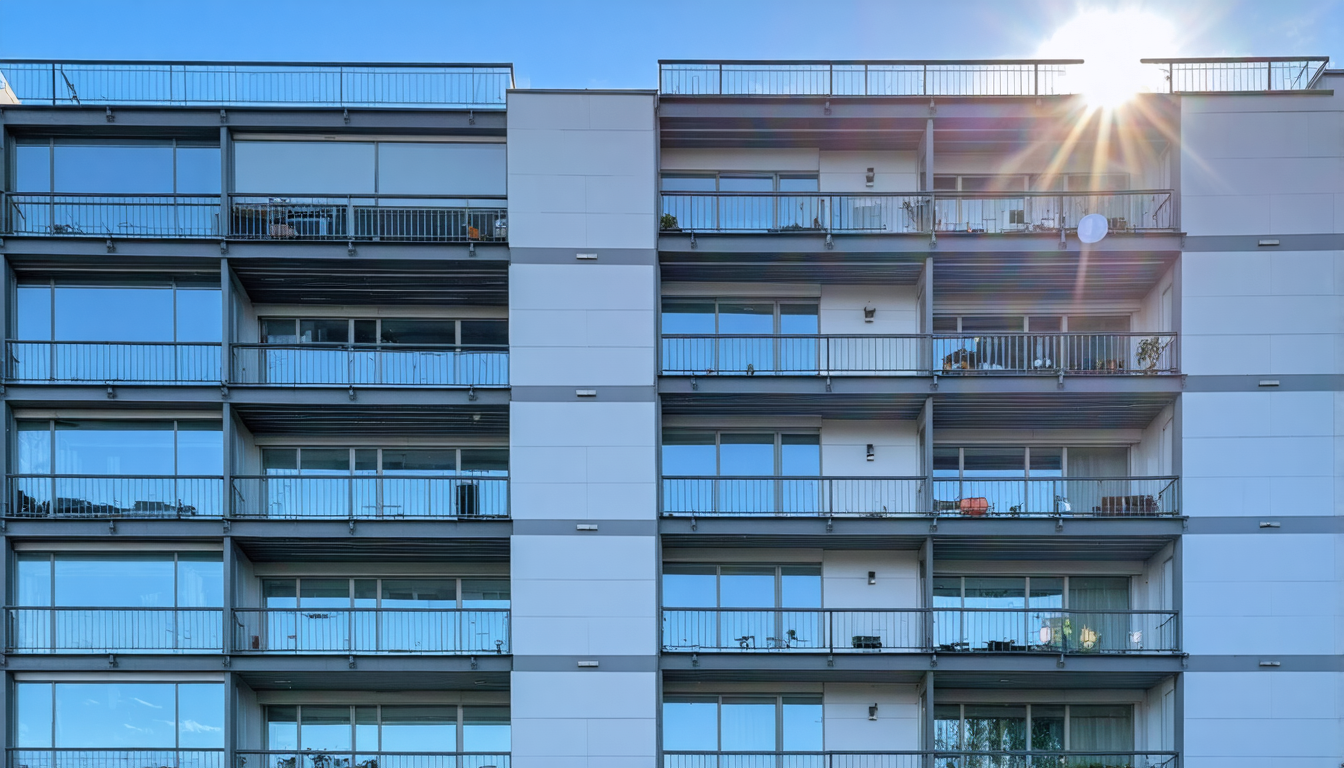- The Basics of Apartment Insurance Premium Calculations
- How Building Age Impacts Your Insurance Costs
- Construction Materials: From Wood Frames to Steel and Concrete
- Fire Resistance Ratings and Their Effect on Premiums
- Older Buildings: Higher Risk, Higher Premiums
- Modern Construction Techniques and Insurance Savings
- Renovation Credits: Updating Systems to Lower Costs
- Regional Factors: How Location Amplifies Material Concerns
- Case Study: Premium Differences Between Building Types
- Tips for Finding the Best Coverage for Your Apartment Type
- Conclusion
1. The Basics of Apartment Insurance Premium Calculations
When insurance companies calculate premiums for apartment buildings, they don’t simply pick numbers out of thin air. Instead, they rely on complex algorithms that assess various risk factors. Two of the most significant factors are the age of the building and the materials used in its construction. These elements fundamentally determine how likely a building is to suffer damage and how costly repairs might be.
2. How Building Age Impacts Your Insurance Costs
The age of an apartment building significantly influences insurance premiums for several reasons. Older buildings were constructed under different building codes, which may not meet today’s safety standards. They often feature outdated electrical systems, aging plumbing, and worn structural components that increase the likelihood of failures.

3. Construction Materials: From Wood Frames to Steel and Concrete
The materials used to construct an apartment building create a foundation for insurance risk assessment. Common construction types include:
– Wood frame construction (Type V): Most vulnerable to fire and typically results in higher premiums
– Masonry construction (Type IV): Brick, block, or stone exterior walls with wooden interior supports
– Steel frame construction (Type II): Highly fire-resistant and durable, leading to lower premiums
– Reinforced concrete construction (Type I): Most fire-resistant and typically receives the lowest premiums
4. Fire Resistance Ratings and Their Effect on Premiums
Fire resistance ratings play a critical role in determining insurance premiums. Buildings constructed with higher-rated materials are less likely to sustain severe damage during a fire, thus lowering the risk for insurers.
5. Older Buildings: Higher Risk, Higher Premiums
Insurance companies typically charge higher premiums for buildings over 30 years old, with rates increasing substantially for those over 50 years old. This isn’t arbitrary discrimination against vintage architecture—it’s based on claims data showing that older buildings simply experience more problems requiring insurance payouts.

6. Modern Construction Techniques and Insurance Savings
Modern construction techniques that utilize advanced materials and methods can significantly lower insurance premiums by enhancing a building’s overall resilience.
7. Renovation Credits: Updating Systems to Lower Costs
A well-maintained 40-year-old building might present lower risks than a poorly maintained 20-year-old structure. Insurance companies will often consider renovation history and maintenance records when determining how heavily to weigh a building’s age in premium calculations.
8. Regional Factors: How Location Amplifies Material Concerns
Location plays a crucial role in how construction materials are evaluated for insurance purposes. Regions prone to specific risks may have different premium structures based on common materials and building practices in those areas.
9. Case Study: Premium Differences Between Building Types
A comparative study might show that a wood frame building has premiums significantly higher than those for concrete or steel structures due to varying risk factors associated with each material type.
10. Tips for Finding the Best Coverage for Your Apartment Type
When shopping for apartment insurance, consider how the age and materials of your building could impact your premiums. Seek quotes from multiple insurers to find the best coverage options.

Conclusion
Understanding how age and construction materials influence insurance premiums is critical for apartment owners and renters alike. By recognizing these factors, stakeholders can make more informed decisions and potentially save on insurance costs.
